These Photos Ended Child Labor in the US
Photographs have the power to bring issues to the forefront of public consciousness and spark change in society. Here’s a 6.5-minute video by Vox that tells the story of how photographer Lewis Wickes Hine helped end child labor in the United States.
The non-profit National Child Labor Committee wanted to raise public awareness on this issue, so it hired American sociologist and photographer Lewis Wickes Hine to travel across the country and use his camera to document the plight of the working children, some of whom were as young as 4.
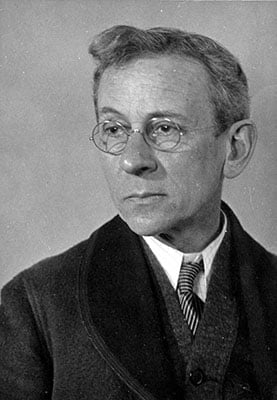
His photos and interviews with the kids were published in many newspapers and magazines.
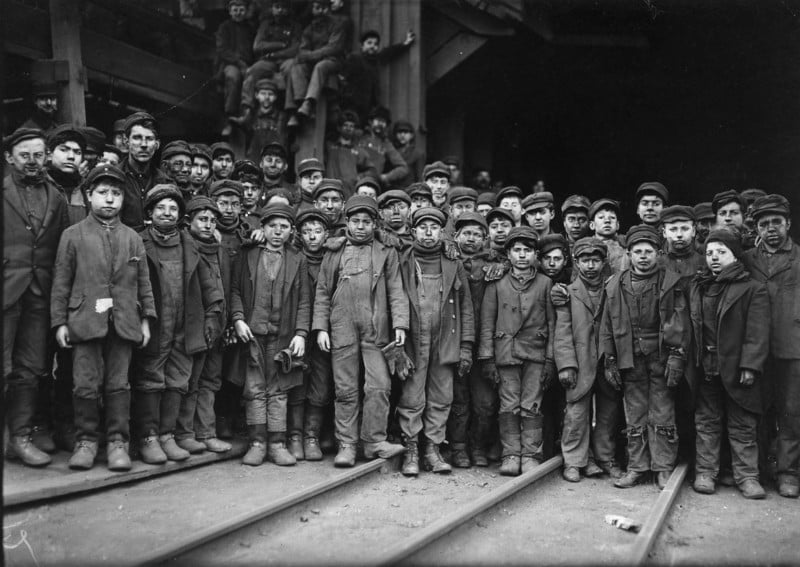
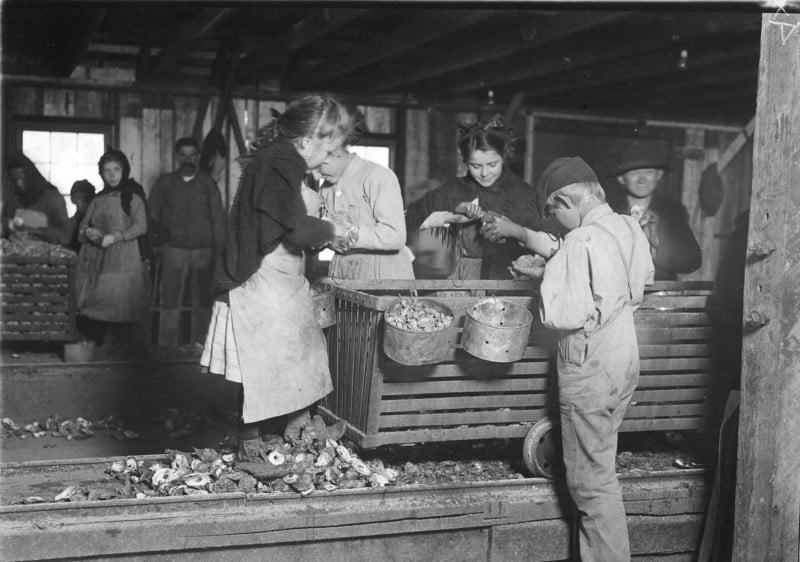
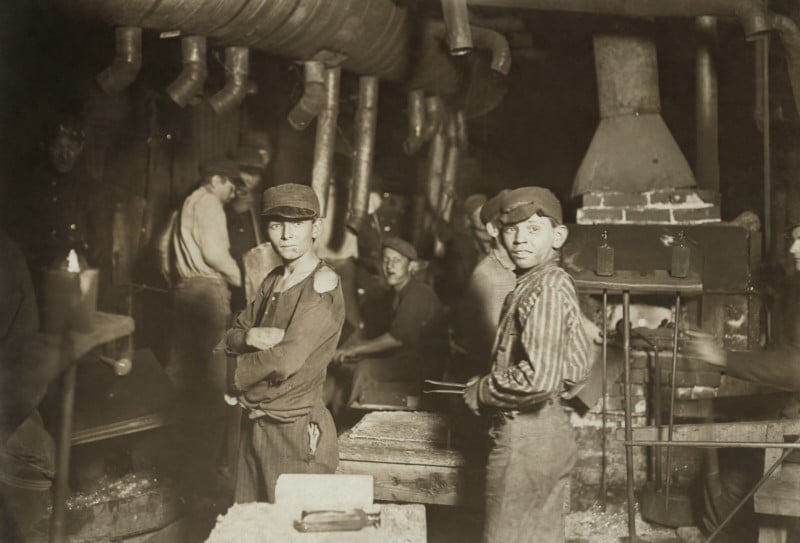
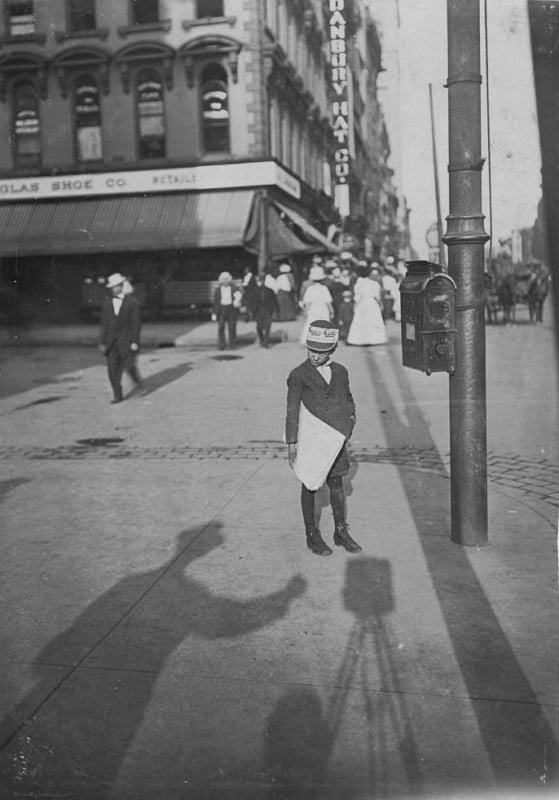
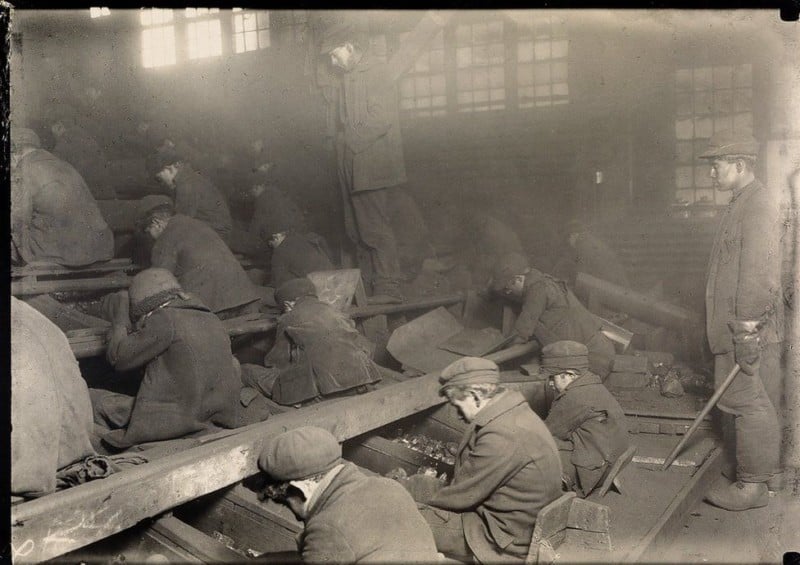
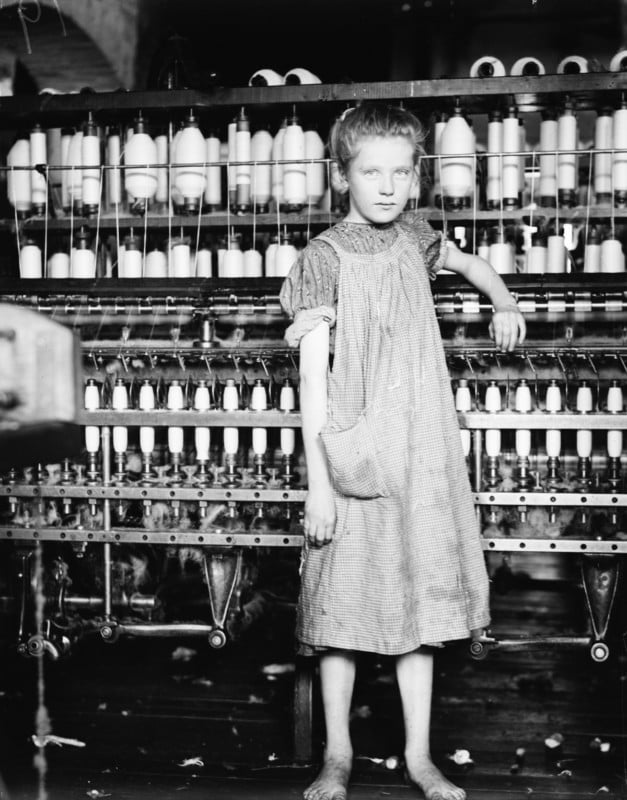
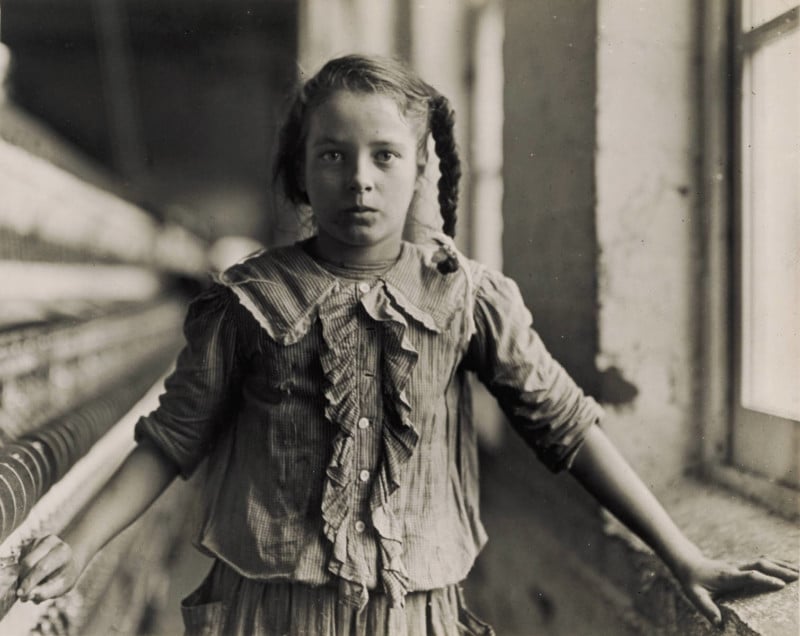
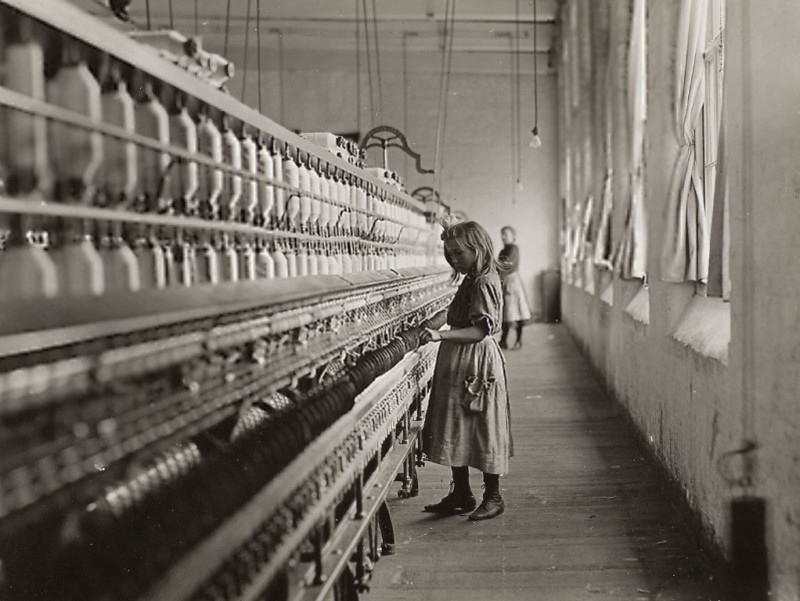
You can find a large collection of Hine’s photos from the project in the Library of Congress collection.
Hine’s work resulted in a widespread movement in which the public urged state governments to pass laws ending child labor. The photos were instrumental in putting an end to child labor in the United States as a whole, and Hine was successful in using his camera as a tool for social reform.